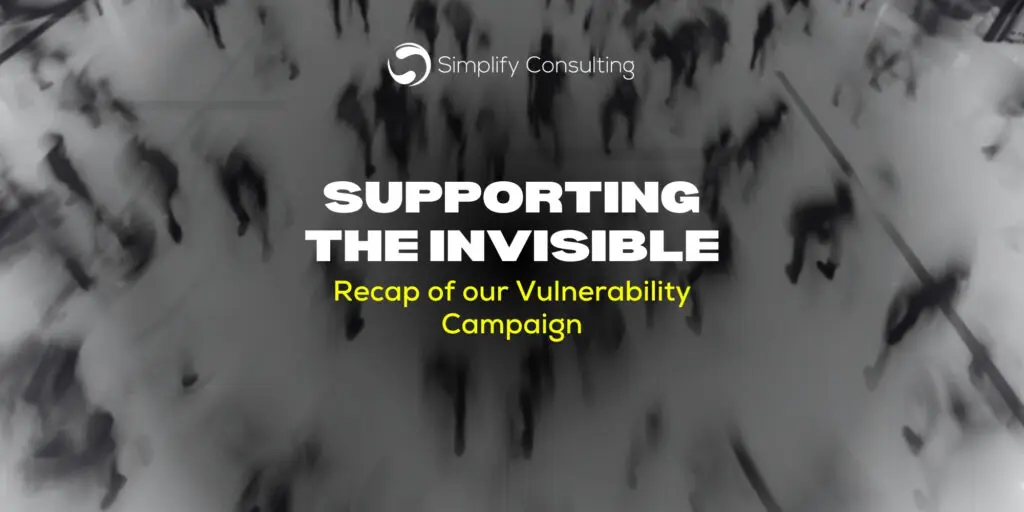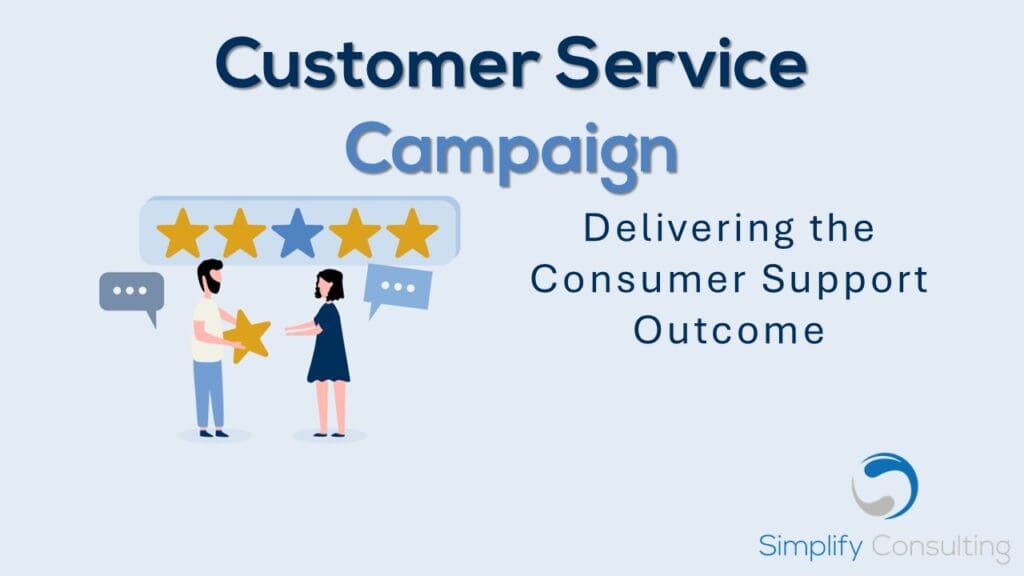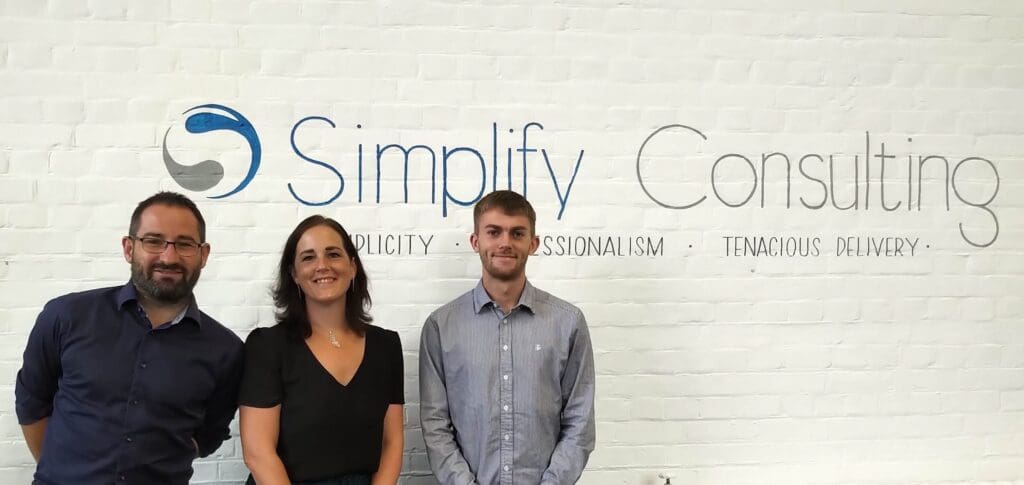
Mike Penny
Consultant
..
Operations is unlike most other business functions. It does not directly contribute to revenue. It is in all regards a cost, with the largest cost being resource.
Whether through automation, process optimisation or migrating work to a cheaper workforce, in wealth operations, the major overarching aim is to reduce costs.
There is no issue with doing so, of course. However, this should not be at the expense of leaving the very projects aimed at reducing operational costs, under-resourced themselves.
This simply results in the business realising less of the benefits from the project and potentially going over budget – the exact opposite of the intended purpose.
Incorrectly resourcing projects is a frequent issue in wealth operations. The negative impact of getting it wrong can be significant. In our experience they almost always feature the following key themes:
- Projects going past their target date.
- Resource costs being highest at the end of a project to meet the target date.
- Implementation of changes that are either not fit for purpose or with the bare minimum requirements
However, good resourcing can be quite easy to achieve. Here, we explore 3 common mistakes when resourcing for projects and, how to mitigate them:
- Recruiting new resource
Recruiting and onboarding can take months and then there’s training the new recruit/s to understand the product, the processes, and the systems. SME resource is often limited and can lead to key person risks. Equally, it’s not easy to release stretched SME staff from operational roles to support a project.
This could cause major delays in the project delivery as new recruits are not able to take on a full workload from day one and deadlines become unattainable. If other SME staff can’t be released from their operational roles, firms could face a domino effect on other stages of the project leading to missed target dates.
What do I need to do?
- Factor in the time required to recruit and train new staff at the planning stage.
- Use a Headcount Modelling Tool to factor in the development of staff and their ability to contribute.
- Consider the resourcing of operational areas affected by the project, even if just for the project lifecycle.
- Identify key skillsets, SME staff knowledge and cross-training provided to mitigate the key man risk to a project by using a skills matrix.
- Recruiting Resource with the Required Skillset
When trying to limit the costs of a project it is common for the level of resource required to suffer. This will be for multiple reasons, such as lack of technical knowledge of the regulation or product, an absence of the technical skills to complete tasks or lack of experience within projects for their required role.
Often, as the resource is unable to complete the key tasks required to deliver the project, project managers will often waste time in finding tasks for them to complete.
Poor quality work, due to resource capability issues, will commonly result in a rework and take longer than the time initially allocated.
What do I need to do?
- Ensure the skills required to accomplish deliverables are agreed at project initiation.
- New issues or risks will emerge during the project lifecycle. Adapting to changes quickly and determining what additional resource is crucial to prevent costs from rising.
- Under Recruiting Resource
It is common for projects to be under-recruited in the wealth management sector until they reach their final stages.
There is a tendency to overcorrect in order to meet fixed deadlines. When the business tries to minimise the amount of resource, it increases the risk of staff becoming ill, burnt out or even leaving the company before the project has come to completion.
When resource is brought in too late, the cost is often larger due to the urgency of an ever closer deadline. This is due to project sponsors being reactive rather than proactive and usually means more resource is brought in than required with no direction on what/how it will assist with the project. Budgets then spiral.
Inadequate input from SMEs can result in requirements being missed and/or post-implementation issues. This will correspond with extensions of project resource past the intended end date, either to continue with supporting workarounds or to fix outstanding issues after implementation.
What do I need to do?
- Continually evaluate the amount and type of resource available to meet the agreed milestones.
- Address under-resourced projects quickly. The longer it remains unaddressed, the exponentially greater the impact.
- Project reporting is the key tool available to a project manager. Where the current amount of resource is not appropriate this needs to be relayed to the programme
- Adjusting the project plan around the new resourcing requirements. This will inform the project sponsor what resource is required to get the project back on track and subsequently meet the intended completion date.
Getting resourcing right when embarking on a project is crucial. It will dictate delivery dates, the quality of that delivery and could even ultimately mean the difference between success and failure. Get it wrong and it might not only affect the bottom line of the business, it could be reputationally damaging too.





















































































































































































































